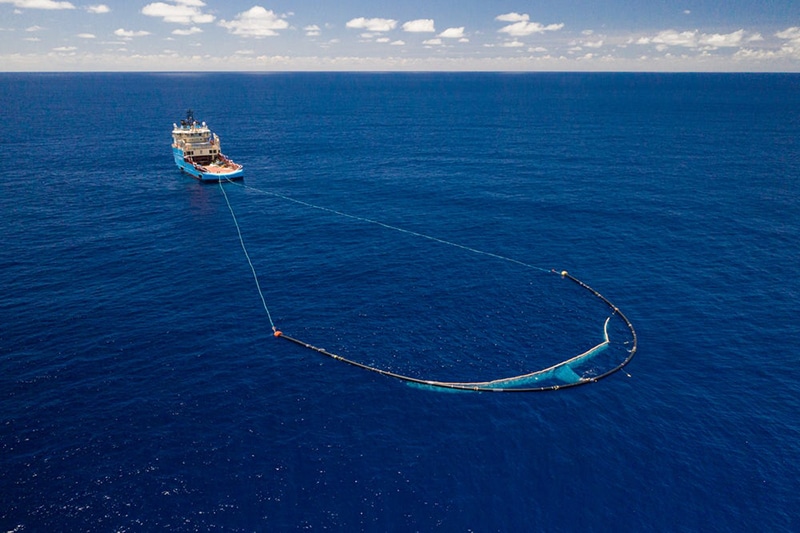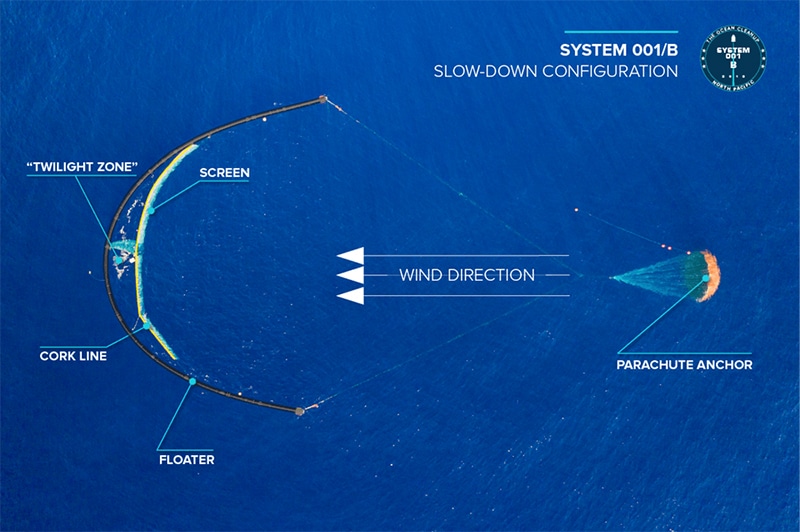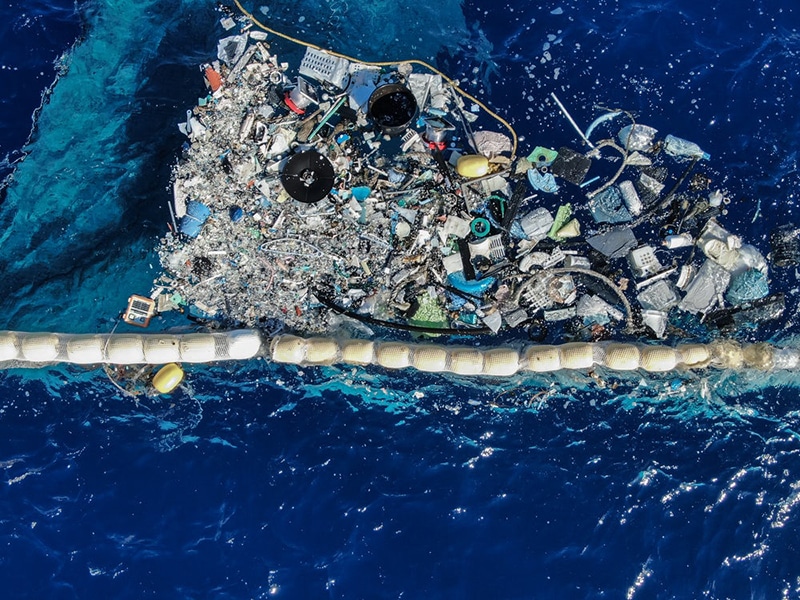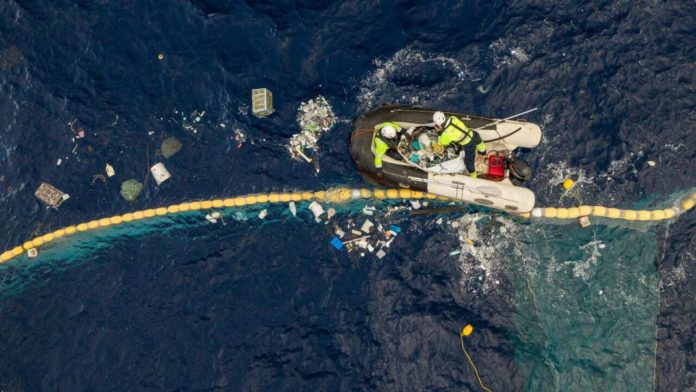With each passing year, we expose the ocean to more pollutants, from trash to chemicals. This wide range of pollution endangers marine ecosystems. Fortunately, it’s not too late to take actions against it.
The Ocean Cleanup, a non-government engineering environmental organization, based in the Netherlands, is on the mission to rid the world’s oceans of plastic. The company develops technology to extract plastic pollution from the oceans. Its U-shaped huge floating barrier, created to catch pieces of plastic trash that can be hauled back to shore and recycled, has been upgraded and is almost ready for a new mission.

During the first attempt at the Great Pacific Garbage Patch (GPGP) in September last year, the system called System 001, also known as Wilson, broke down in January 2019 after it suffered a fatigue fracture. It was then brought to Hawaii for repairs and upgrades.
The system 001 is a 2000-foot-long tube, arranged in a U-shape that float in the water with a 3 meters (9.8 ft) wide skirt that hangs beneath it. The system is propelled by a combination of the ocean currents, surface waves, and wind. It is unmanned and integrates solar monitoring and navigation systems, GPS, cameras, and lanterns.

Theoretically, it would naturally move faster than the plastic it was built to collect in the water, creating an artificial shore where the plastic could be collected. The Ocean Cleanup’s strategy is to concentrate pieces of plastic – spread diffusely over the ocean water – into the device so it can be removed more easily with the help of support vessels waiting nearby.
In June 2019, after the first prototype’s failure, the team made some modifications, taking a modular approach to redesigning it. This time the team tested two potential solutions – attaching huge inflatable buoys that would make it move faster, or a parachute that would slow it down. Both solutions worked, but the team decided to go with the parachute, which allowed the device to catch plastic in the tests consistently. It concentrated the plastic by a factor of around 10,000.

Still, the redesigned system, System 001/B is not yet ready for deployment, as the team has encountered another problem. But the team says it should be an easier problem to solve. Some of the gathered plastic is able to cross over the cork line used at the surface to hold the screen in place.
In order to better contain the mess, they decided to expand the buoyancy and height of the cork line of the screen from 15 cm (0.5 ft) to around half a meter (1.6 ft).
The modified system is currently on its way to the patch and is expected to arrive soon for real-world testing, wrote Boyan Slat, the 25-year-old founder of The Ocean Cleanup in a blog post. Also for more information, visit the organization’s official site.
